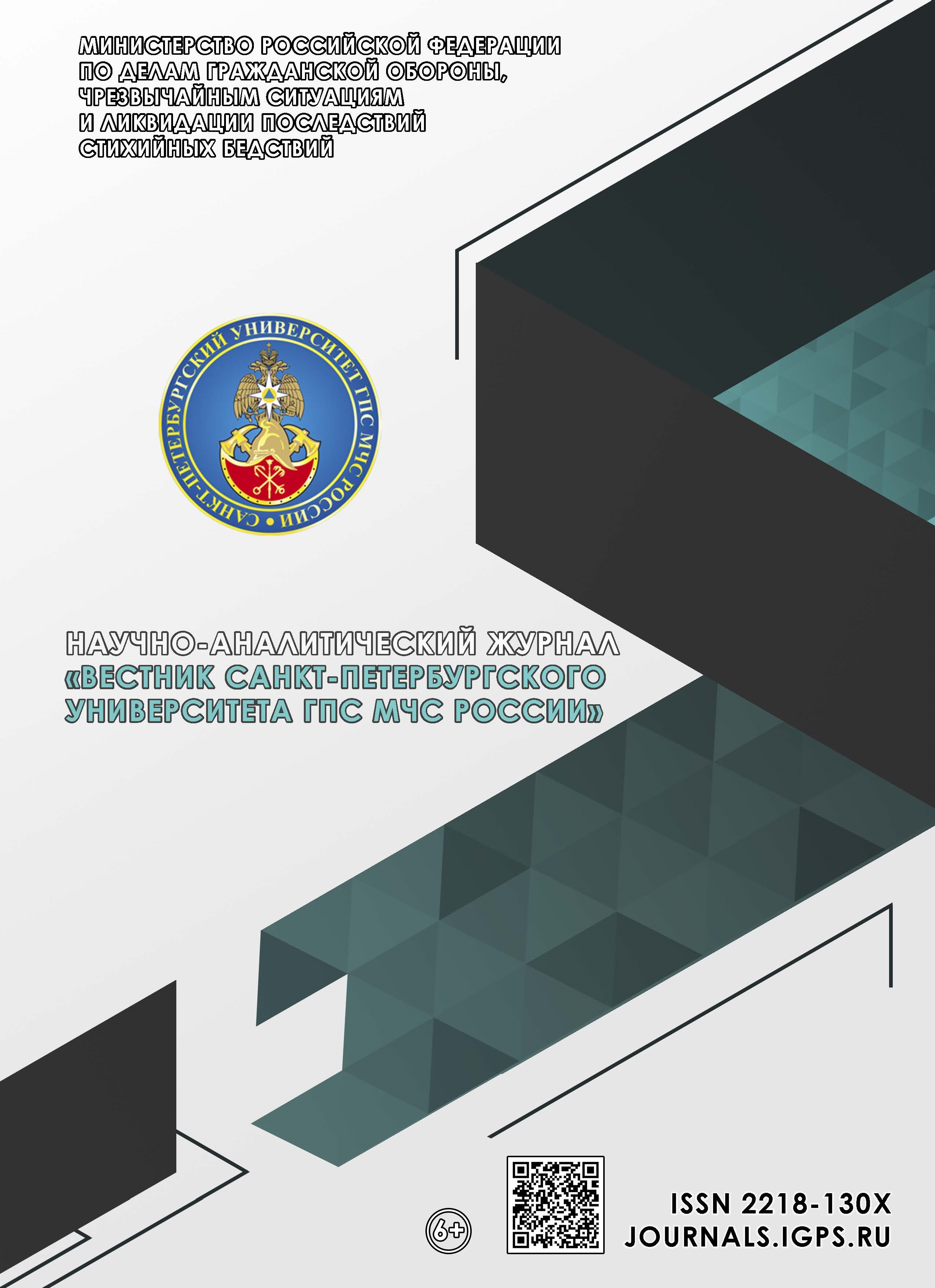Russian Federation
UDC 614.842.4
The paper proposes a new method of data analysis – the average elliptical value, designed to assess the effectiveness of EMERCOM of Russian units based on fire risk indicators. Classical methods such as the arithmetic or geometric mean, as well as the median, have significant limitations. They do not take into account the relationship between the features, and are sensitive to distribution asymmetries and extreme values. The average elliptical value is devoid of these disadvantages, interpreting the data as points on an ellipse, where the boundaries are set by the maximum and minimum values of the sample. The metric is calculated through weighted averaging, where the weight of each element is determined by its «geometric contribution» to the overall data structure, which reduces the impact of outliers. Comparing the average elliptical value with traditional metrics demonstrates its advantages. For example, in a sample with a sharp imbalance of values (one maximum and several minima), the arithmetic mean gives an overestimate, while the elliptical average, due to the weights of the arcs, reflects the dominance of the minimum values. Similarly, for data with a multiplicative nature, the elliptical average remains sensitive to maximum values, unlike the geometric average, which can be distorted in the presence of zeros. The practical application of the method is tested using the example of fire risk assessment in 18 districts of a hypothetical settlement. The traditional arithmetic mean turned out to be biased towards extreme values, which distorted the overall picture. The average elliptical value, on the contrary, provided a more objective assessment by weighing the data according to their «geometric significance». The work highlights that the elliptical mean value combines statistical and geometric approaches, which makes it effective for analyzing asymmetric distributions and data with pronounced outliers. The method can be used in tasks where classical metrics give biased results, for example, when assessing risks or ranking complex multidimensional data.
central trend, efficiency, ellipse, radius, data array
1. Kozhevin D.F. Regulirovanie deyatel'nosti nadzornyh organov v oblasti pozharnoj bezopasnosti kak chasti gosudarstvennogo i municipal'nogo kontrolya // Prirodnye i tekhnogennye riski (fiziko-matematicheskie i prikladnye aspekty). 2024. № 4 (52). S. 6–13. DOI:https://doi.org/10.61260/2307-7476-2024-4-6-13.
2. Kozhevin D.F. Ocenka deyatel'nosti nadzornyh organov v oblasti pozharnoj bezopasnosti kak chasti gosudarstvennogo i municipal'nogo kontrolya // Nauch.-analit. zhurn. «Vestnik S.-Peterb. un-ta GPS MCHS Rossii». 2024. № 3. S. 14–25. DOI:https://doi.org/10.61260/2218-130X-2024-3-14-25.
3. Korn G., Korn T. Spravochnik po matematike. SPb, 2000. 831 s.
4. Levin B.R. Teoreticheskie osnovy statisticheskoj radiotekhniki. M.: Sovetskoe radio, 1968. 504 s.
5. Smirnov N.V. Kurs teorii veroyatnostej i matematicheskoj statistiki. M.,1965. 512 s.







